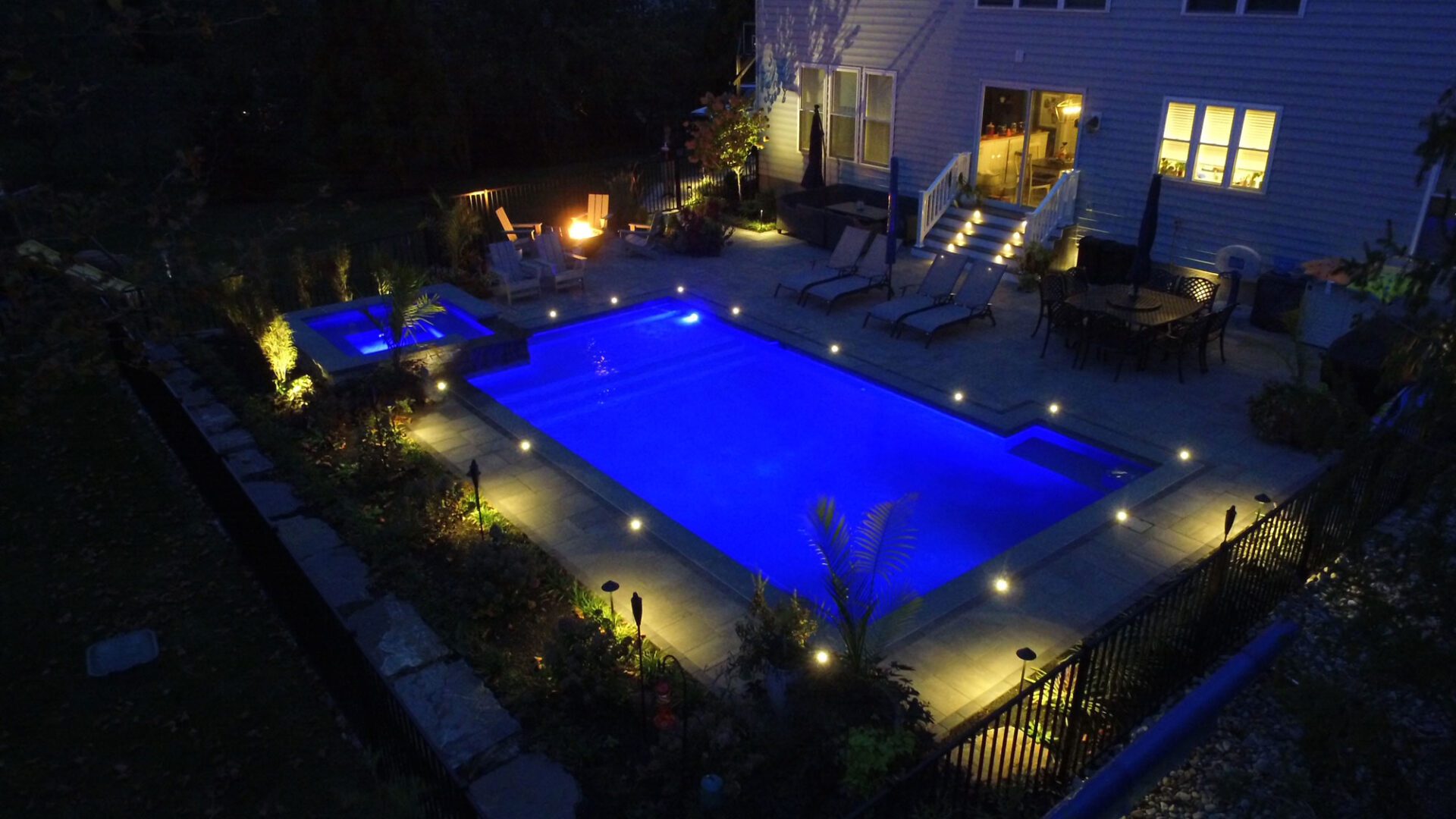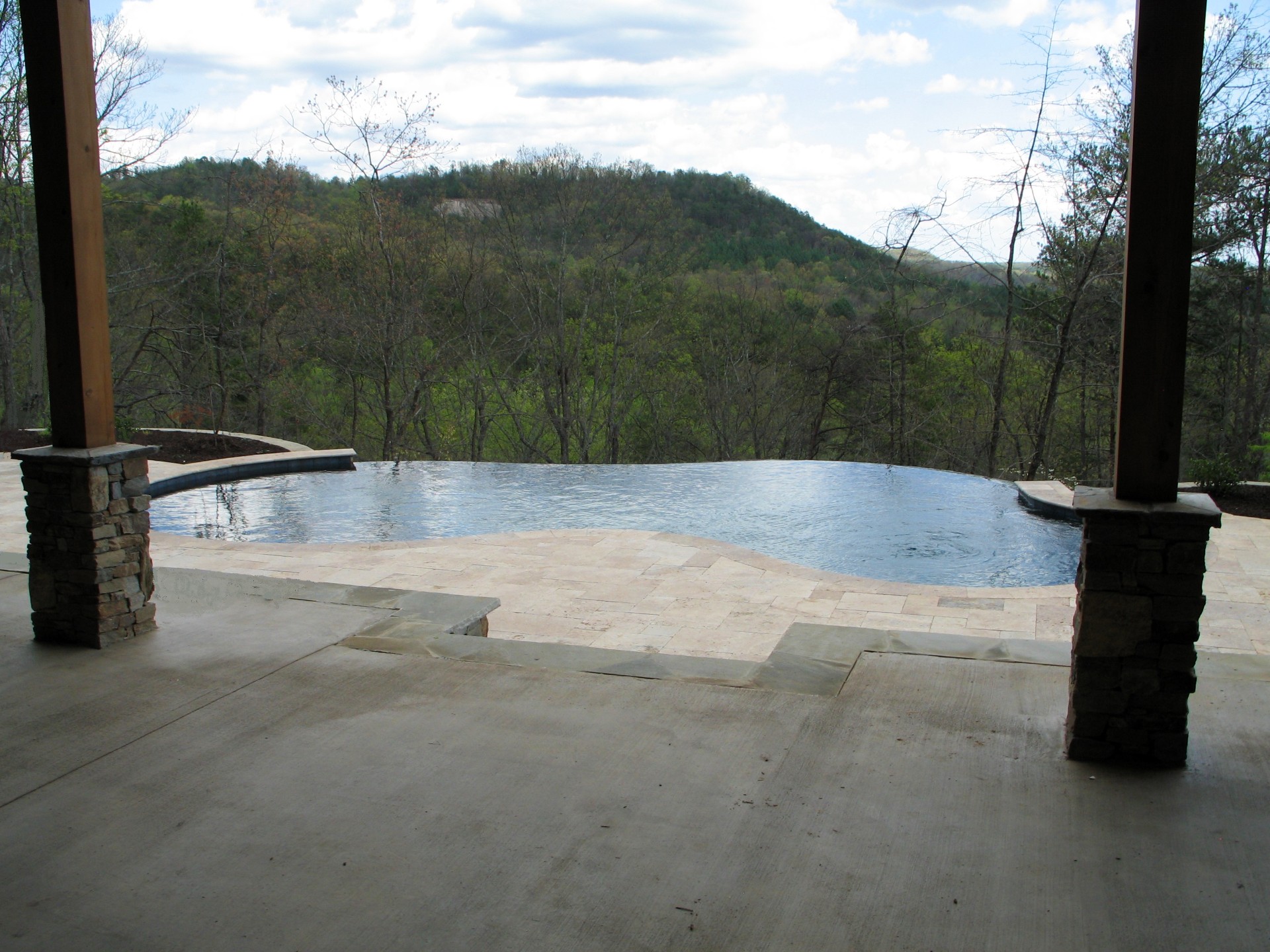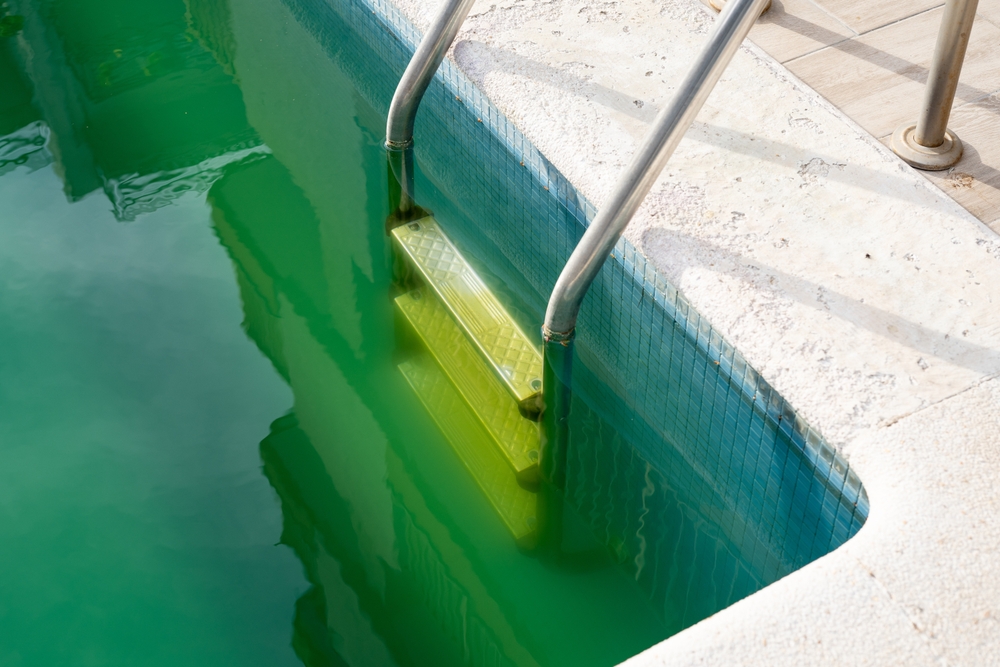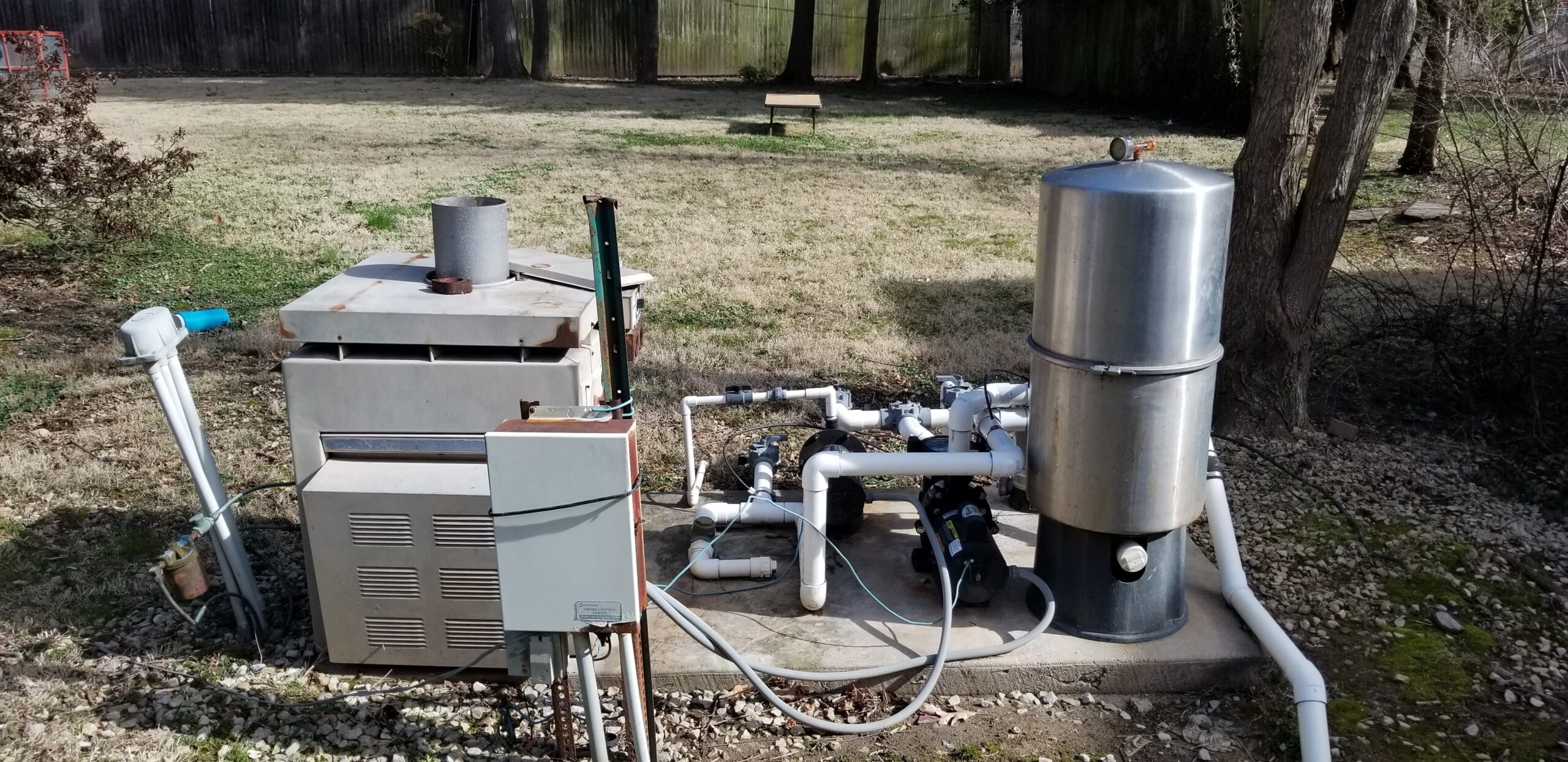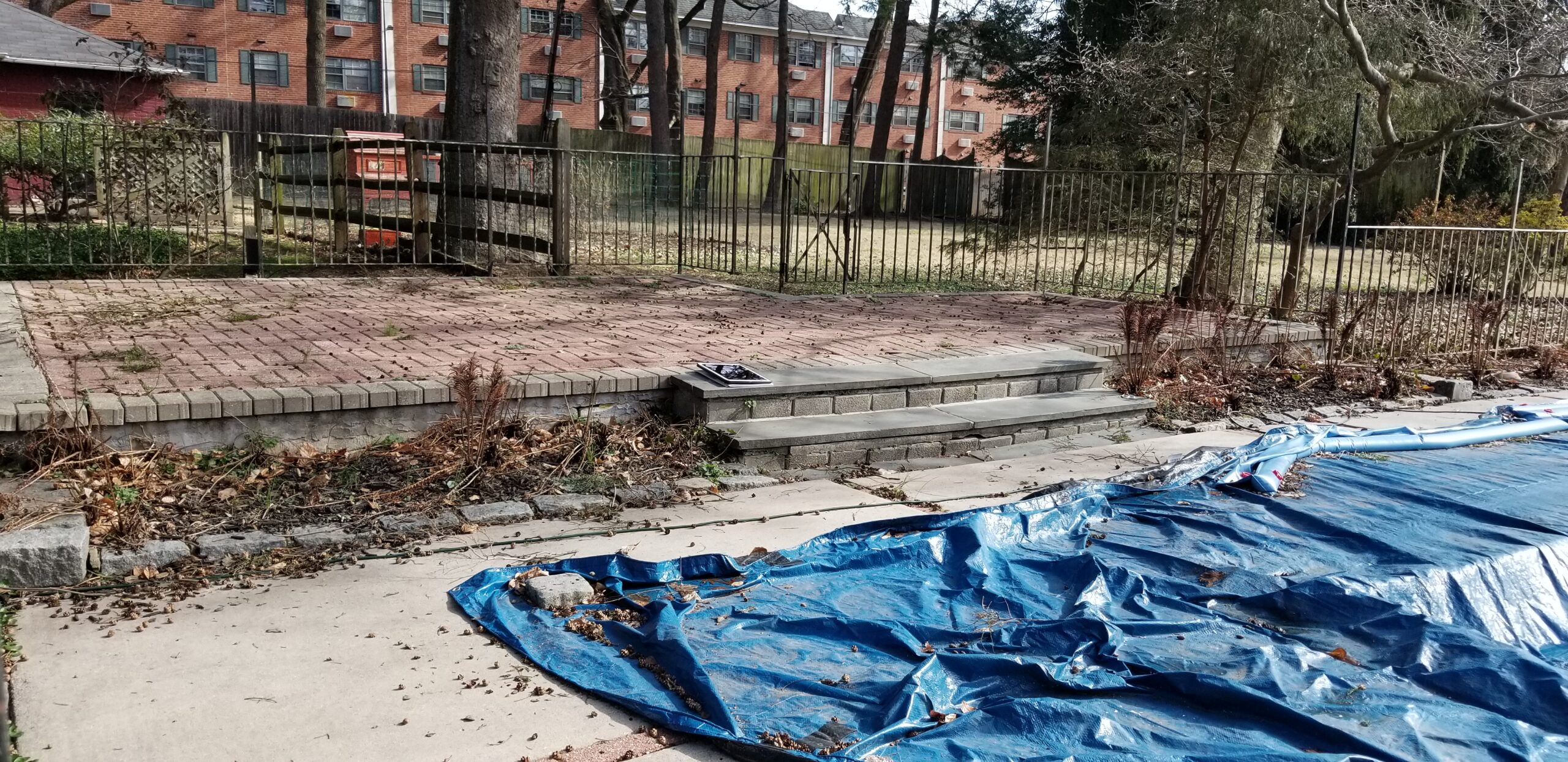It would be nice if opening your pool in spring was as easy as taking off the cover and turning on the filter, but that’s not the case. After spending several cold months closed off and out of use, the pool needs a little more care before it’s safe to swim in. The steps are straightforward, and depending on who you talk to, the order for some of them may change. Go over these steps and get your supplies ready so that you can complete the work without delay.
Clean the Pool Cover and Surrounding Pavement
First things first: Clean off the pool cover and the surrounding pavement or deck material. This ensures that nothing on the cover or deck, like leaves and bugs, ends up in the water once you remove the cover. If there’s water on top of the pool cover, remove that, too, and refrain from dumping it in the pool.
Remove the Cover and Plugs, and Clean the Pool
Remove the cover and put it away immediately so that it won’t be in your way. Then, remove any winter or drain plugs, and clean the pool. That includes the lining and the equipment and may include vacuuming out dirt or scrubbing the liner. Hopefully you had a good cover during winter that prevented leaves from falling in. If you didn’t have a cover, or if the cover wasn’t installed correctly, you may find a lot of leaves and have to be careful about not overloading the vacuum. If you find scale, clean that out at this point, too. As you clean, look for cracks and other defects, and call a pool repair company to have those fixed.
Restock Sanitizing and Cleaning Supplies
Whether the pool is in good shape, or whether you have to wait for repairs, your next step is to stock up on the sanitizing and cleaning supplies you’ll need for the season. Check any chemicals you have in storage and ensure that they’re still good; otherwise, go get new containers. The fresher the chemicals, the more effective they’ll be.
Add Attached Accessories and Fill the Pool
When repairs to the pool are complete, reattach any accessories that you removed before closing up the pool for winter. These can include handrails and lights. When those are fully installed, it’s time to fill the pool to its normal amount. Turn the filtration system on and leave it running for a few days once the pool is full of water.
Testing, Balancing, and Shocking the Water
You’re not done yet, but you’re almost there. Next comes testing the pool water’s alkalinity and pH, and balancing those if necessary. Then comes shocking the pool. If this is your first time dealing with opening a pool, this means adding pool shock, which is a chlorine product that kills bacteria and algae in the pool water. These steps keep the water healthy and safe for you to swim in. By the way, you may want to keep re-testing the water for a few weeks just to ensure it’s on track.
If you’re considering a new pool installation in Wayne, PA this season, or if you’re looking for a pool company in Haverford, PA that you can trust, contact Scott Payne Custom Pools!
